20 Years of Renault Sport Clio V6
We already reported on the Renault 5 Turbo on the occasion of the model’s 40th anniversary. Exactly 20 years later, a worthy successor rolled to the dealers. However, this vehicle already had its world premiere in 1998 at the Paris Motor Show on the occasion of Renault’s 100th anniversary. In addition to the new Twingo II and the concept car of the later upper class model Vel Satis, there was a product of the motorsport department Renault Sport, which was simply called Clio V6 24V. Instead of just forcing a large engine under the front hood, Renault followed the same principle as before with the R5 Turbo: a radical conversion, through which the engine moved behind the passengers and in mid-engine position drove the rear wheels. Normal Clio cars still have front-wheel drive today. This way, however, only room for two passengers remained in the cockpit. Originally, the vehicle was to remain a pure racing car study, but no one could foresee the positive customer reactions. This forced Renault Sport to consider a production version, which was accompanied by a single-make Trophy.
To this end, the company teamed up with the racing team TWR (Tom Walkinshaw Racing) from Great Britain. After development was completed, production began at TWR in Uddevalla, Sweden. The three-liter V6 engine with 24 valves and 166 kW/226 hp and 300 newtonmeters of torque was taken from the saloon models Laguna, Safrane and Vel Satis of the time. The engine power was transferred to the rear wheels via a manual six-speed transmission, enabling the Clio to accelerate from a standstill to 62 mph in 6.4 seconds and reach a topspeed of up to 146 mph. Front 330 and rear 300 millimeter AP Racing brake discs with four-piston calipers ensure the best possible deceleration. Thanks to a well-adjusted sports suspension, the car is much more fun on winding country roads than an long freeway stages.




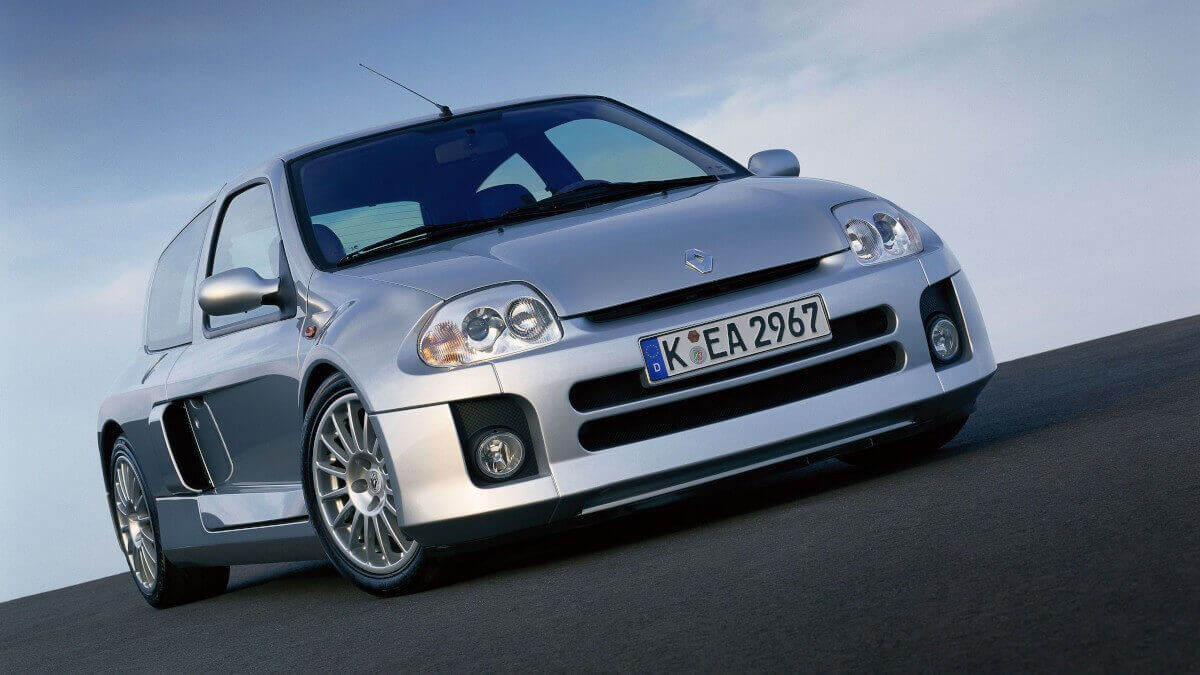



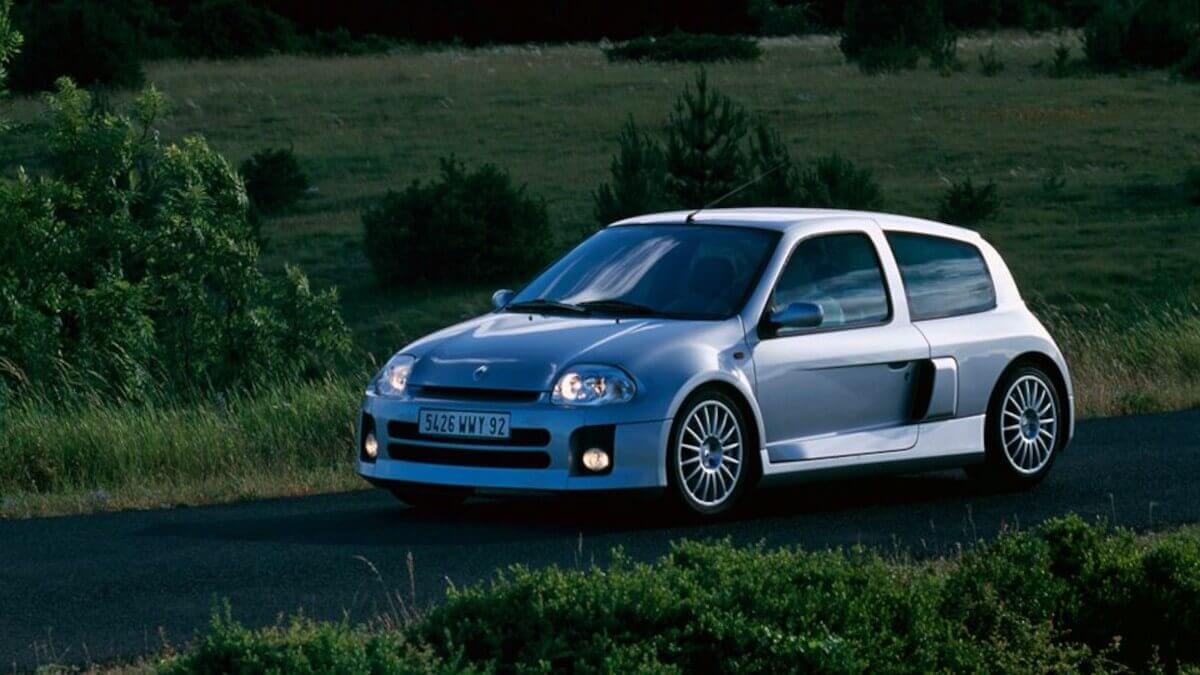







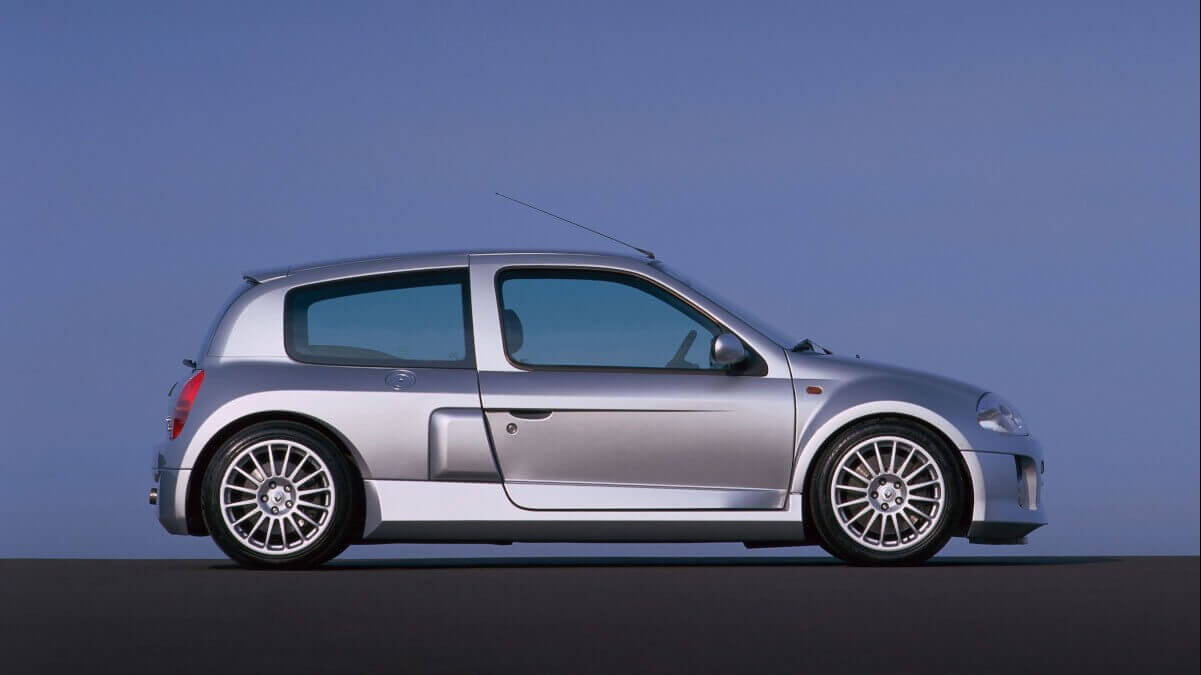











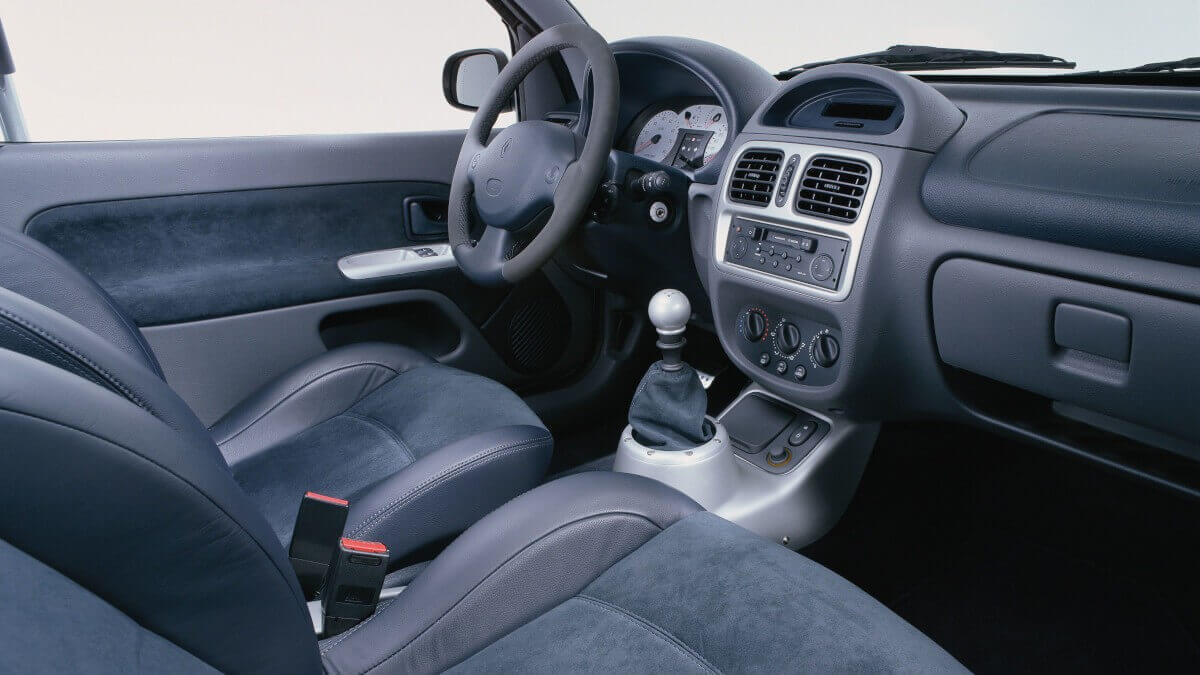



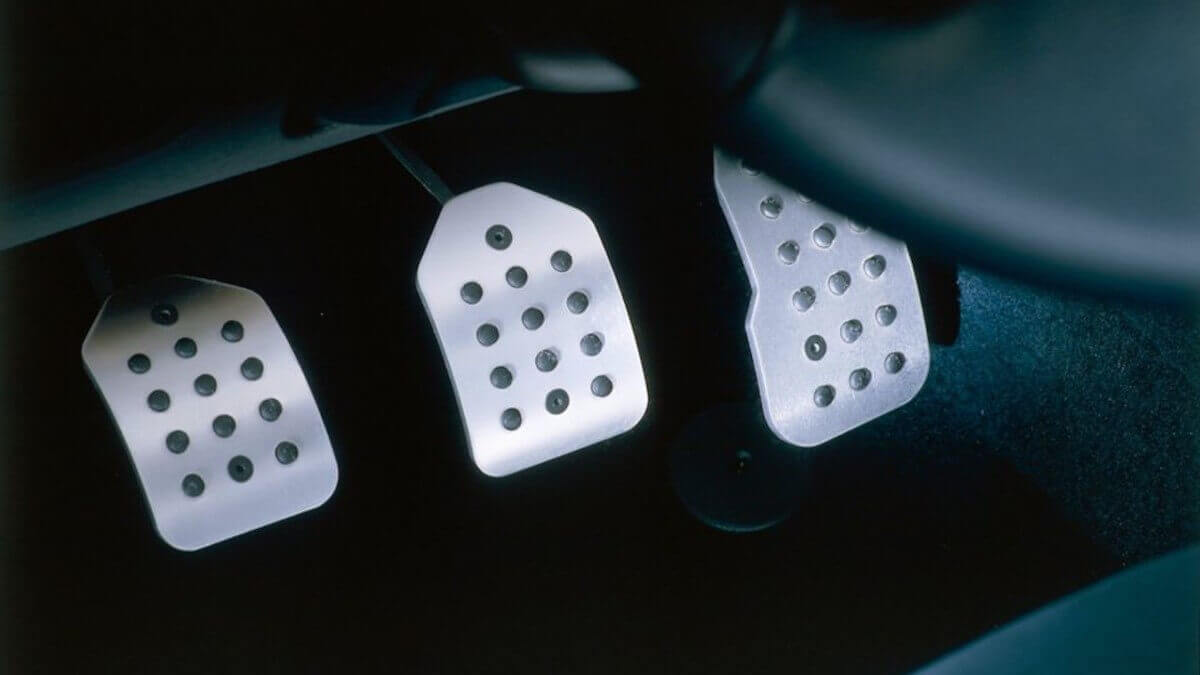



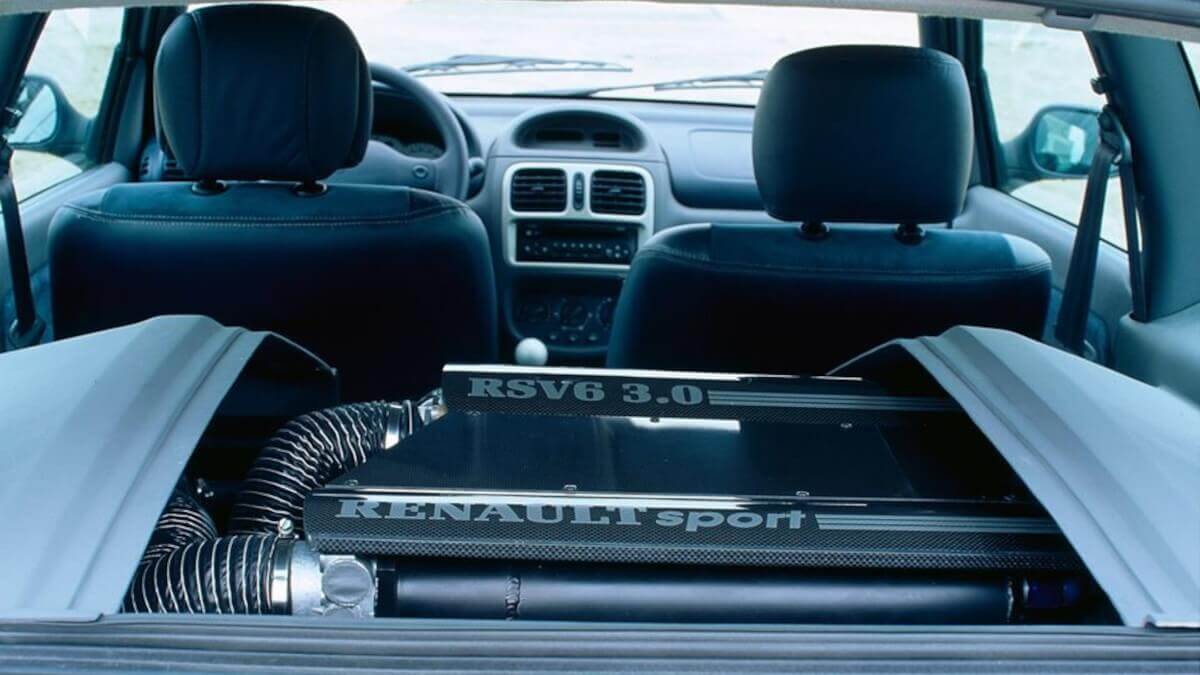



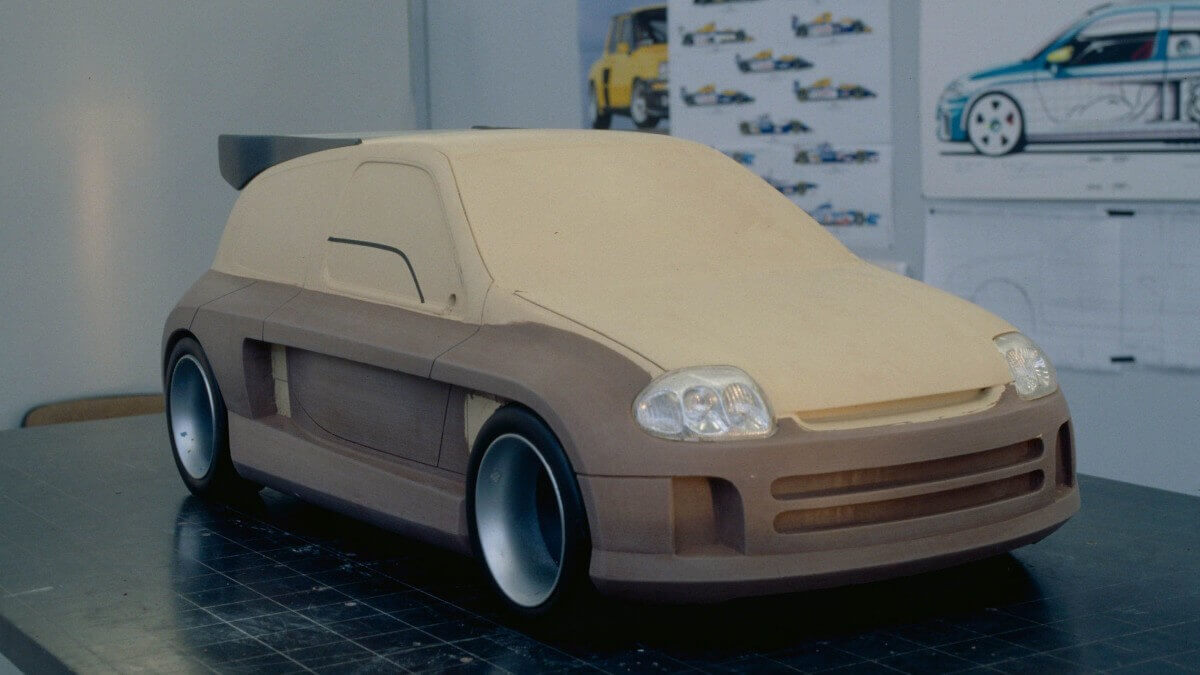



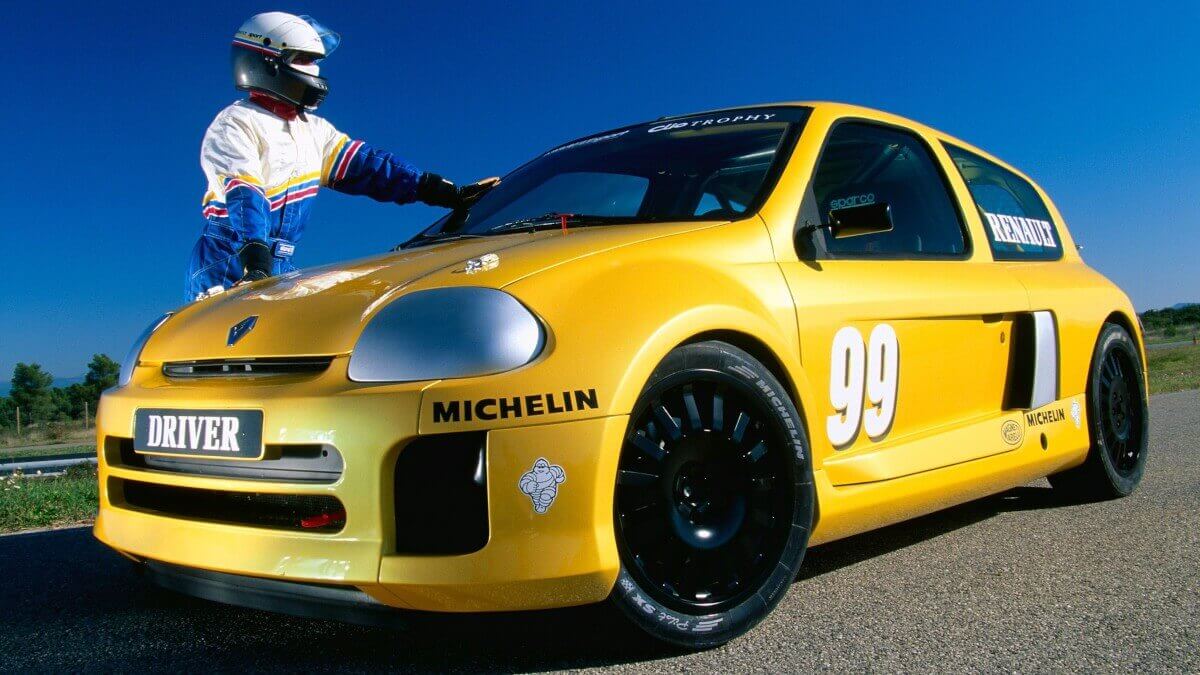







Initially, the Clio Renault Sport V6 24V took over the bodyshell, headlights, trunk lid, windows, exterior mirrors and rear lights from the normal Rneault Clio II RS. The employees worked directly on the bodywork, which was transported from the former Alpine factory in Dieppe, France, to Sweden, and used special templates to saw the rear wheel arches larger. The vehicles then received wide body attachments made of fibreglass-reinforced plastic, which included the front and rear bumpers, front fenders, attachments on the doors and rear fenders. These made the car not only 30 centimeters wider but also around 60 millimeters longer than the normal production version. This left enough space for a wider track and larger wheels. Inside, the dashboard, the leather and Alcantara upholstered sports seats and the door panels were taken over from the Clio RS, only the scale of the speedometer was extended. The standard equipment also included an audio system with CD changer, electric windows, air conditioning and tinted windows.
In 2003 the Clio Renault Sport V6 24V was given an extensive model upgrade after 1,630 units had been built, with the new looks of the Clio II Phase 2. This mainly concerned the headlights and tail lights. Additionally Renault extended the color palette for the body. While the Phase 1 was exclusively available in silver, there was now also blue metallic and yellow metallic available. TWR was no longer the cooperation partner. The production of the car was moved to Dieppe, which meant that expensive transportation was no longer necessary. In addition, the V6 engine was sent to Porsche Engineering in Stuttgart, where targeted improvements such as an enlarged intake system and a sharper camshaft increased the power output to 187 kW/254 hp. The maximum torque remained at 300 newtonmeters. At the same time, however, the topspeed rose to 155 mph, while the sprint time to 62 mph fell by six tenths of a second to 5.8 seconds. In addition, the sports suspension received refinements in the form of thicker antirollbars and firmer springs. Another 1,309 units of Phase 2 followed.
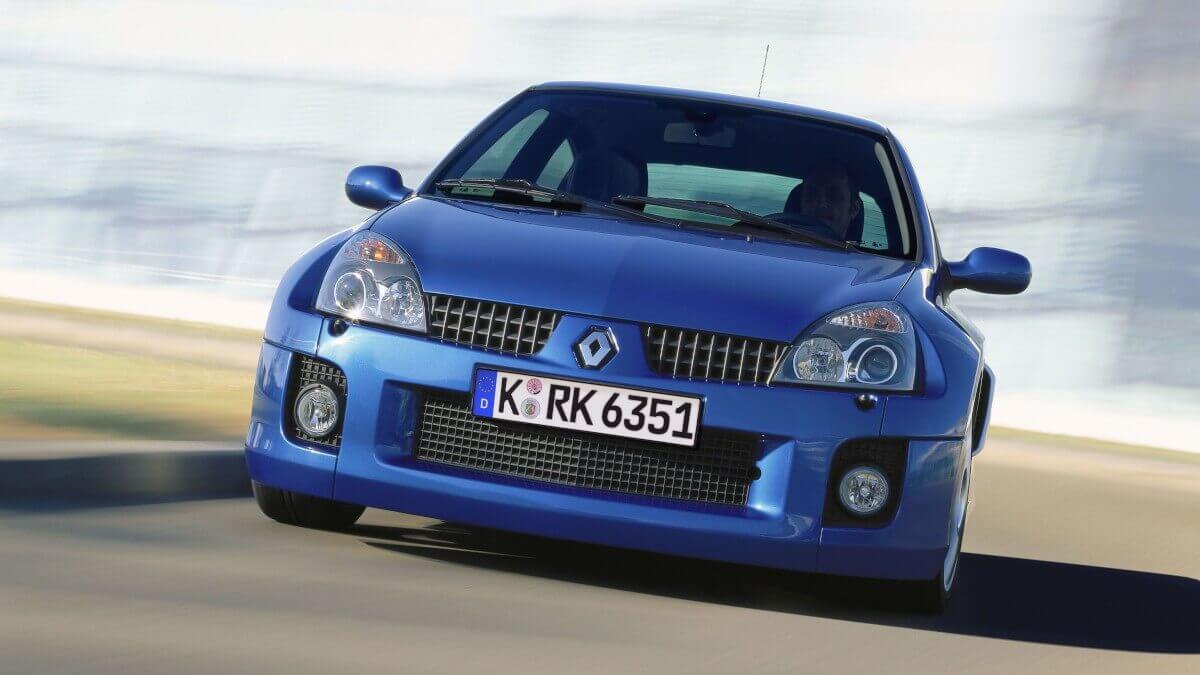







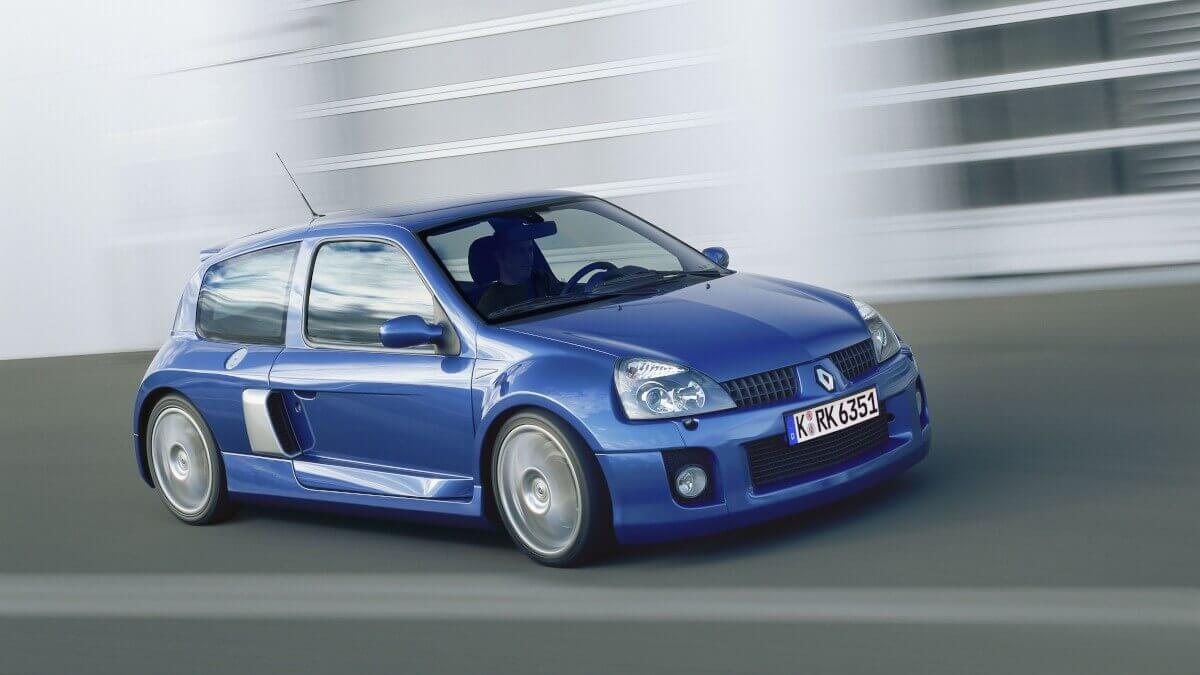



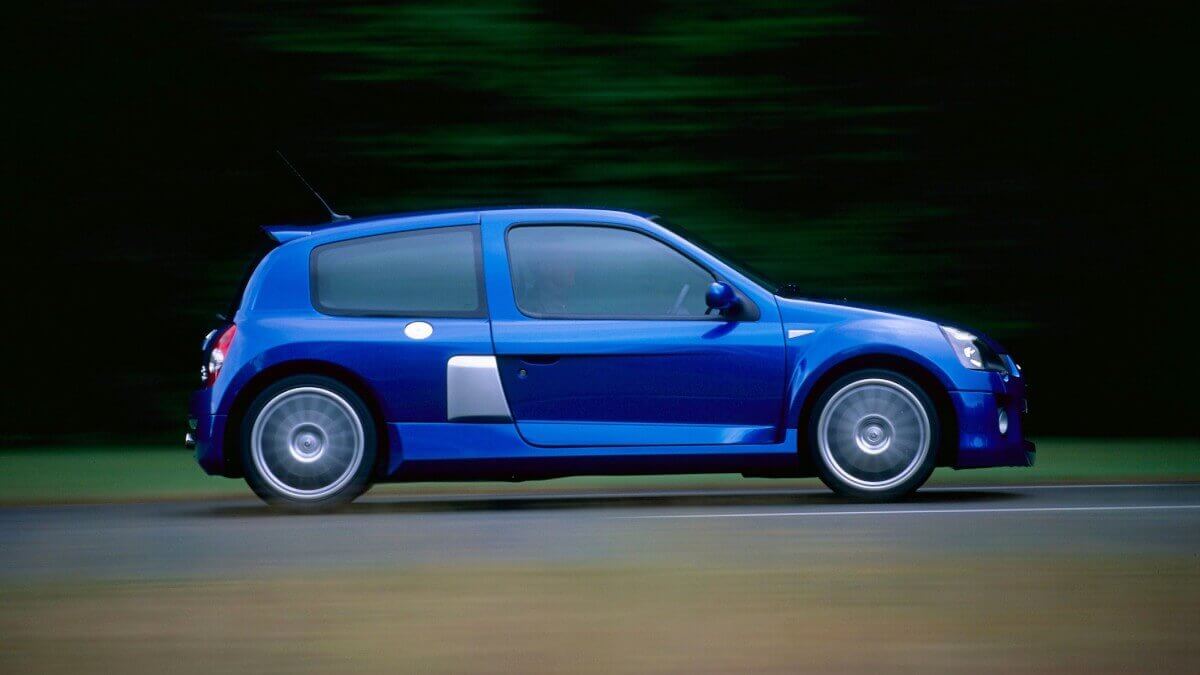







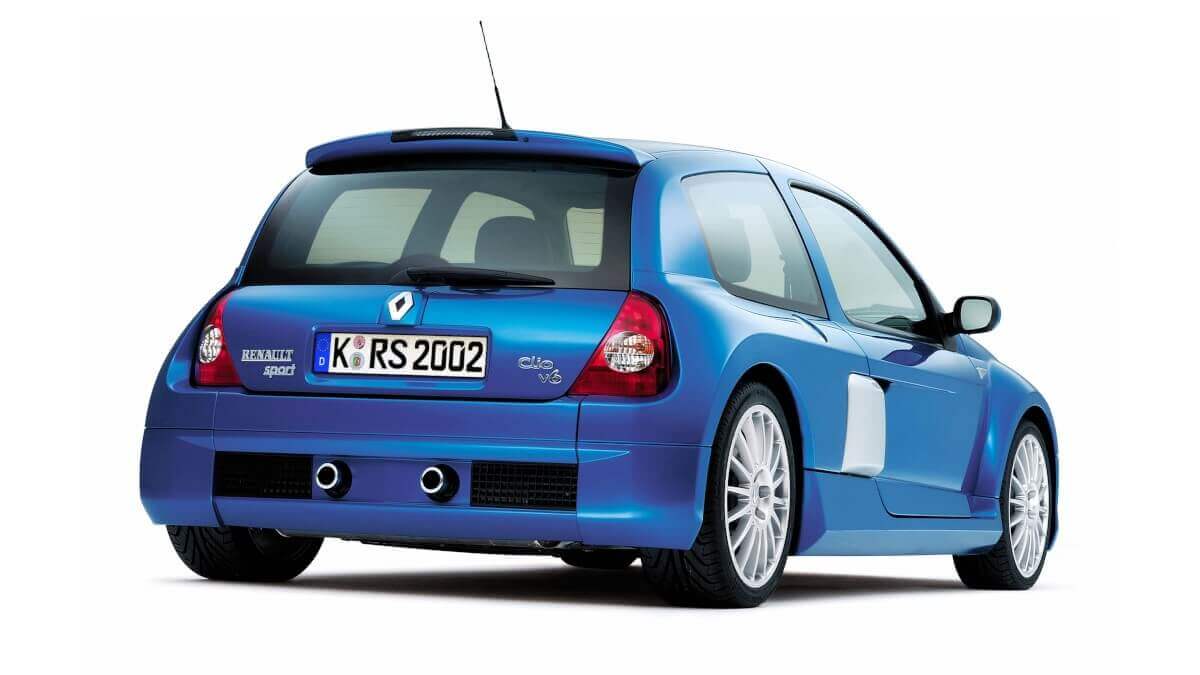



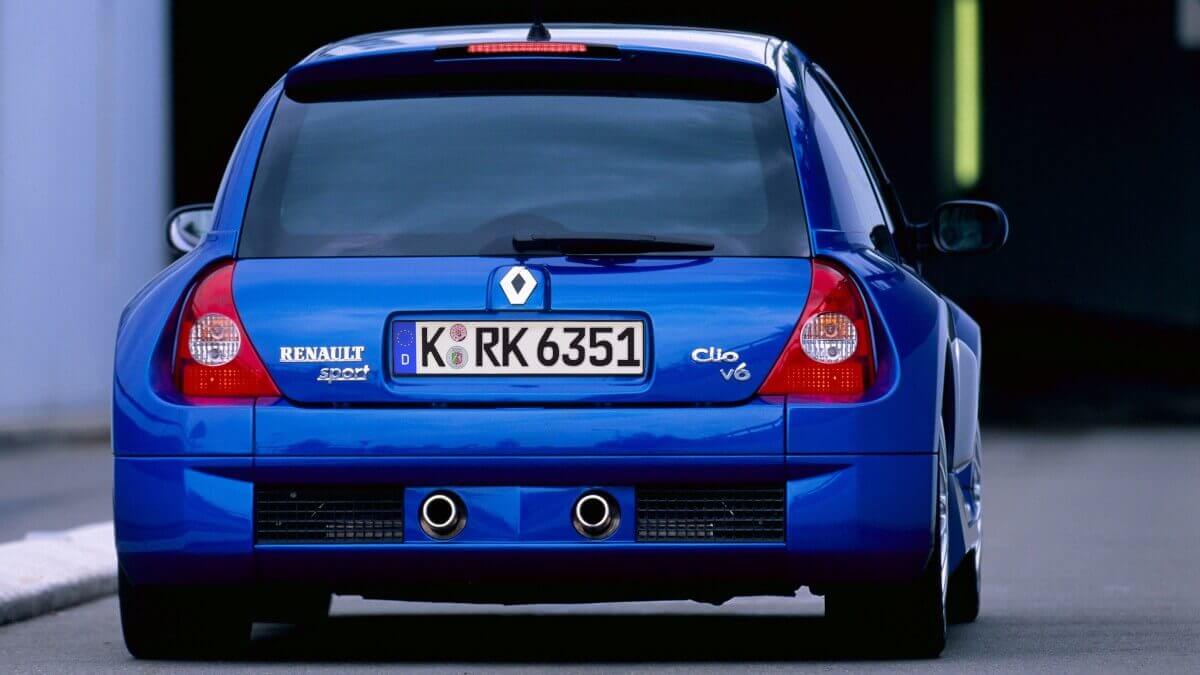











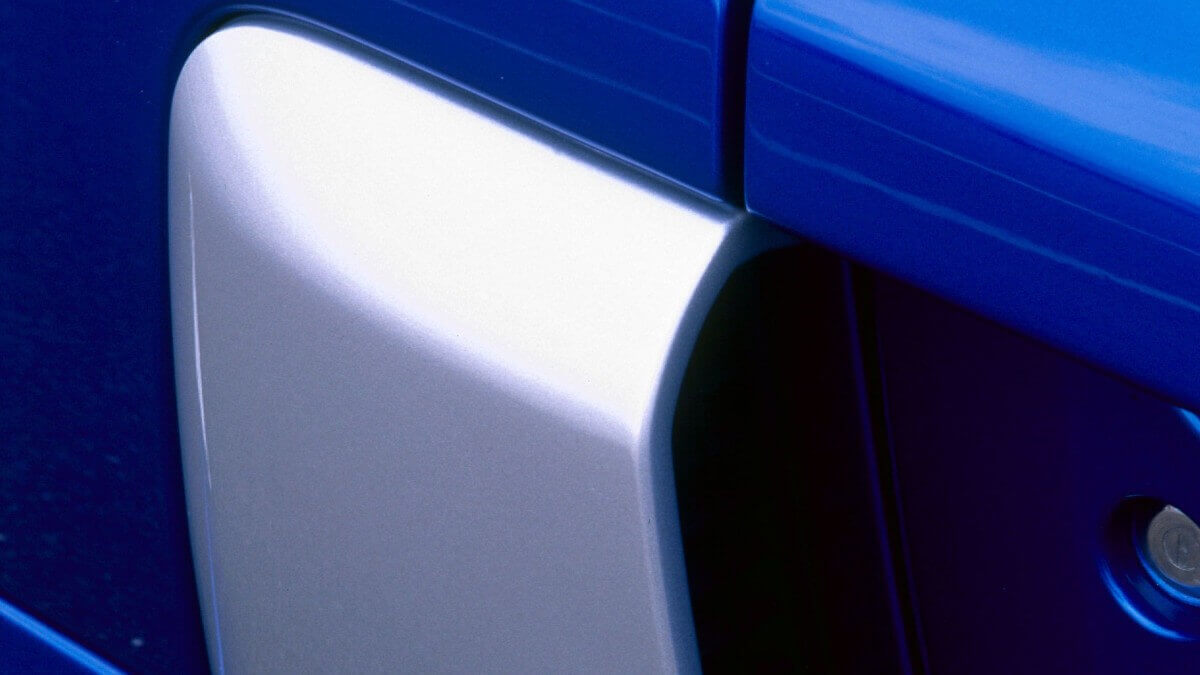



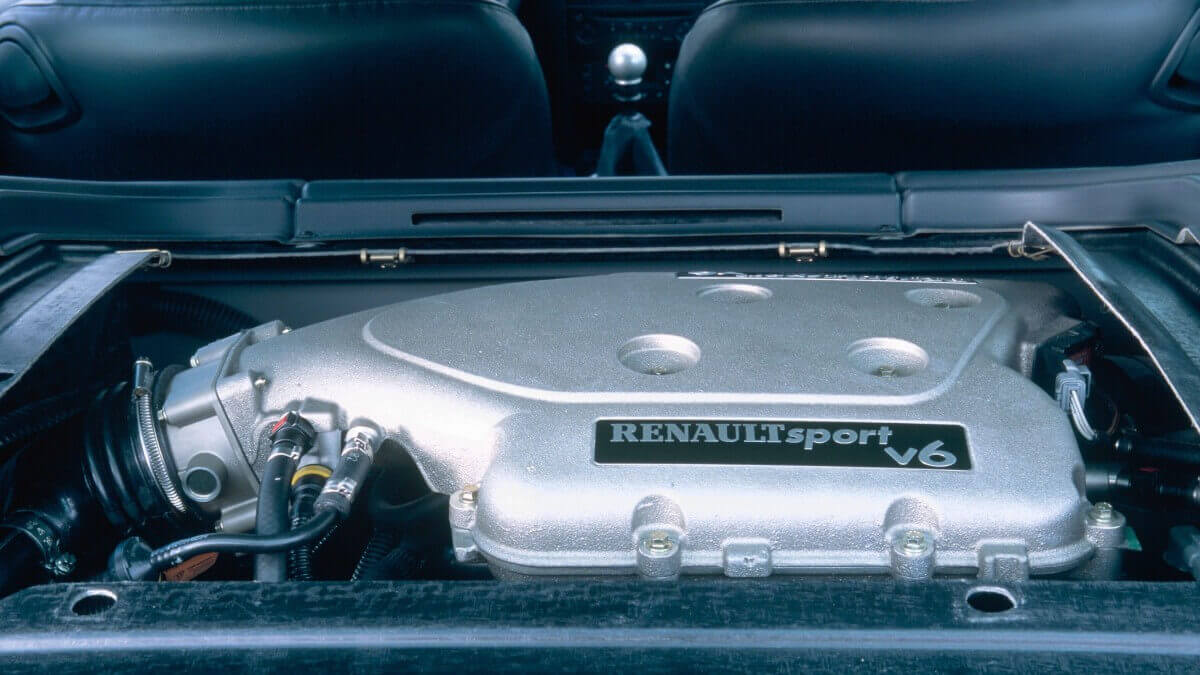



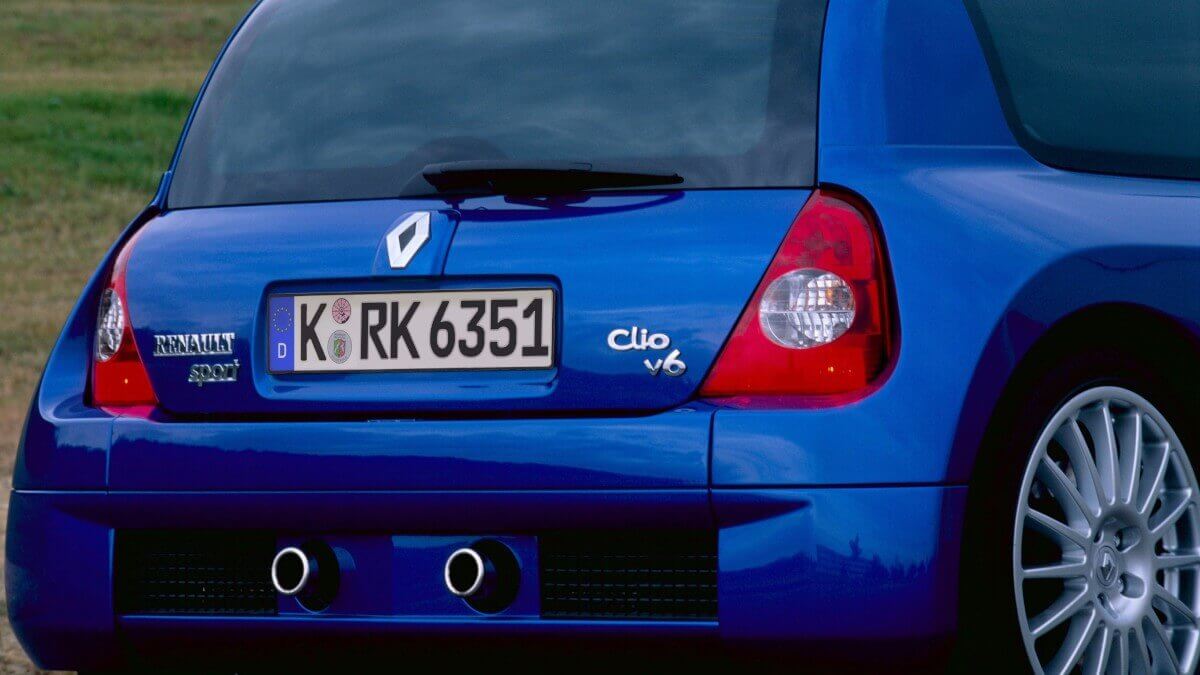















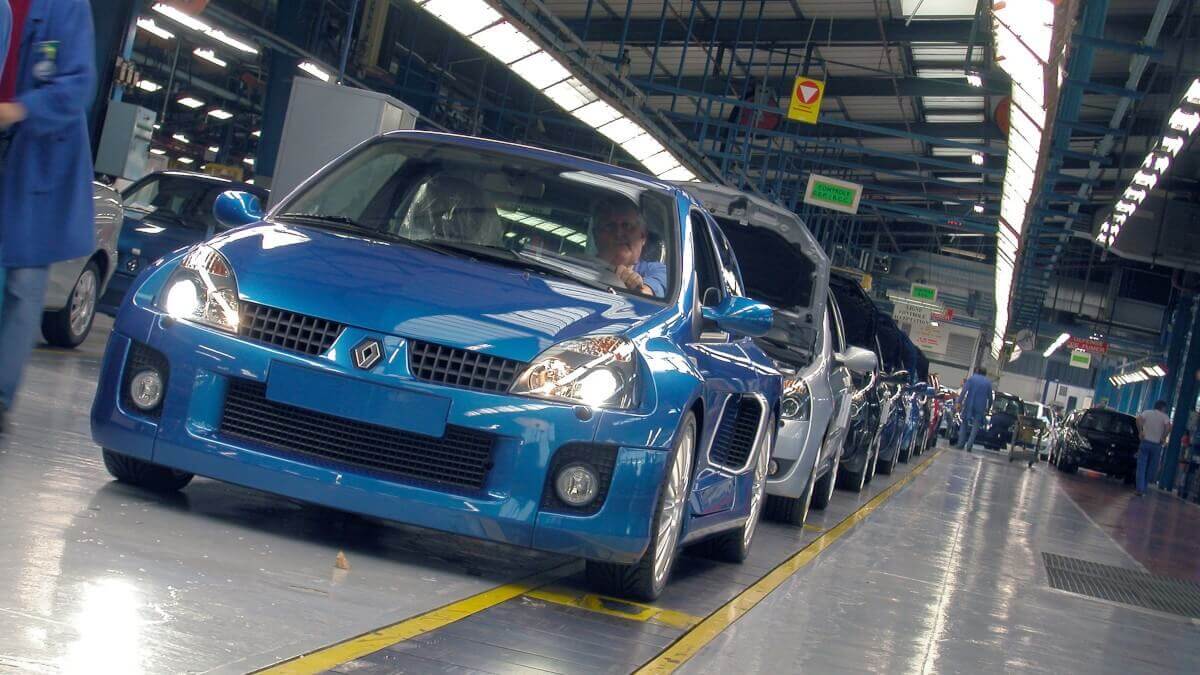



In Germany the Sport Clio V6 initially cost 70,000 DM, which changed to 39,900 € after the currency changeover. Only 185 vehicles of both model generations arrived at the German market, another 354 with right-hand drive on the British and Irish Isles. The model wasn’t available outside of Europe. Nowadays, well-preserved examples aren’t available for less than 30,000 €, if there is one on the market at all.
Already in 1999 Renault Sport started to use the new Clio Sport V6 in its own one-make race series. This was set up in various European countries, for example from 2000 onwards also in Germany as part of the Beru Top 10 series. For racing, the power was increased to 213 kW/289 hp and 307 newtonmeters of torque. Between 1999 and 2003 exactly 159 copies of the Clio Renault Sport V6 24V Trophy were built.
Images: Renault




